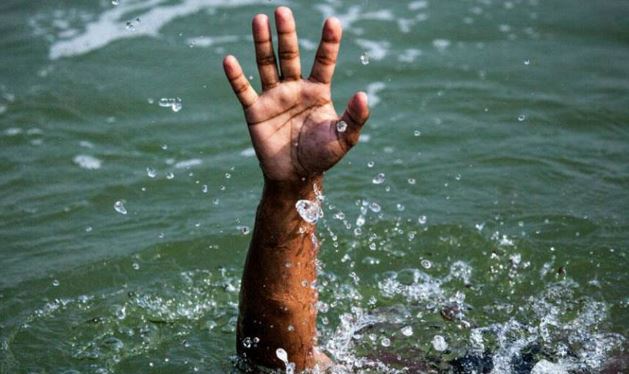There have been a lot of Drowning accidents in Nigeria recently. Drowning emergencies demand immediate action. Every second counts when someone has been deprived of oxygen.
If you find yourself in a situation where someone has pulled an unconscious person from the water, knowing CPR can be the difference between life and death.
Here’s a guide on how to perform CPR on a drowning victim:
1. Assess the Situation:
Before rushing in to provide assistance, it’s essential to assess the scene for potential dangers. Ensure that the area is safe for both you and the victim. Look out for any hazards such as strong currents, submerged objects, or electrical wires.
2. Call for Help:
If you witness someone drowning, immediately call for emergency medical assistance. Time is of the essence in a drowning situation, and professional help may be required. In many areas, emergency dispatchers can also provide guidance on performing CPR over the phone until help arrives.
3. Remove the Victim from the Water:
If it’s safe to do so, carefully remove the victim from the water. Be cautious of any possible spinal injuries and try to keep the head and neck stabilized while moving the person.
4. Check for Responsiveness:
Once the victim is on dry land, gently tap their shoulders and ask loudly, “Are you okay?” Look for any signs of responsiveness, such as movement, breathing, or groaning. If the victim is unresponsive, proceed with CPR immediately.
5. Open the Airway:
Place the victim on their back on a firm surface. Tilt their head back slightly and lift the chin to open the airway. Check for any obstructions such as water, sand, or foreign objects in the mouth and throat. If present, carefully remove them to allow for proper airflow.
6. Perform Rescue Breaths:
Pinch the victim’s nose closed and place your mouth over theirs, creating a seal. Give two rescue breaths, each lasting about one second, and watch for the chest to rise. If the chest does not rise, reposition the head and try again. Remember, rescue breaths are crucial for delivering oxygen to the victim’s lungs.
7. Start Chest Compressions:
If the victim is not breathing or only gasping, begin chest compressions. Place the heel of one hand on the center of the victim’s chest, between the nipples. Place your other hand on top and interlock your fingers. Position yourself directly above the victim’s chest and push down firmly, allowing the chest to compress about 2 inches. Perform compressions at a rate of 100 to 120 per minute, maintaining a steady rhythm.
8. Continue CPR:
After 30 compressions, give two more rescue breaths, then resume chest compressions. Continue the cycle of 30 compressions followed by two breaths until help arrives or the victim begins to show signs of responsiveness.
9. Use an Automated External Defibrillator (AED) if Available:
If an AED is available, follow the prompts provided with the device. AEDs are designed to analyze the victim’s heart rhythm and deliver an electric shock if necessary to restore normal cardiac function.

Early CPR can significantly increase the chances of survival for a drowning victim. Even if you’re not formally CPR-trained, starting chest compressions can make a difference.















